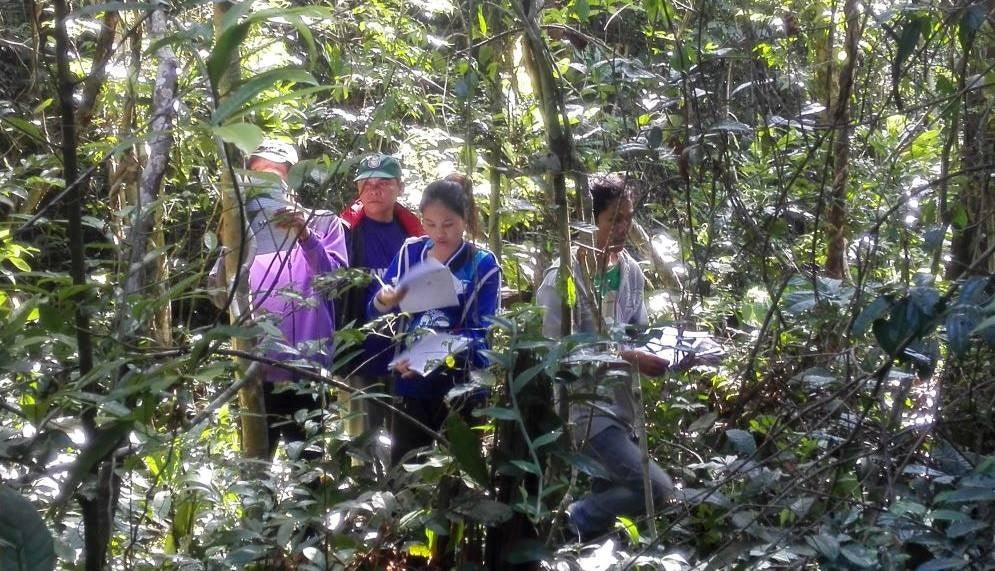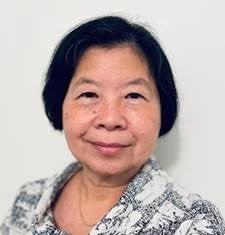 village forest management in Dong Khapo, Khammouane Pvince, Lao PDR. Photo by Bouaphet Philaket
village forest management in Dong Khapo, Khammouane Pvince, Lao PDR. Photo by Bouaphet Philaket
Later this year, the 15th Conference of Parties of the Convention on Biological Diversity (CBD) is set to meet again in Kunming, China, where delegates will convene to agree on new targets to be included in the Post-2020 Global Biodiversity Framework. The draft language includes a target of “30x30”—for 30 percent of the planet’s natural ecosystems to be “effectively and equitably” managed for biodiversity conservation by 2030. The CBD follows on from COP26 in Glasgow, where governments made pledges to protect more than 90 percent of all forests. To achieve either of these targets, forest lands from the Amazon Basin to the Boreal forests of Northern Asia, and the people that reside and depend on these lands, will have to be included. This in turn means engaging and empowering these communities to achieve the global environmental goals that have been set.
There is strong evidence to suggest that local communities and Indigenous people can be effective stewards to conserve natural ecosystems and protect forests, their biodiversity, and forest carbon stores. Working with local communities to achieve biodiversity conservation goals may also be the only way of making 30x30 acceptable in the eyes of those with valid concerns about a giant land grab of community and customary-use lands. Partnering with local communities is also not a new concept. There are examples from around the world, such as community-managed protected areas or multi-use conservation zones, which were either home grown or financed by conservation organizations, bilateral donors, or international financial institutions.
In Lao PDR, the World Bank and the Government have collaborated over the last 20-plus years to support village forest management through a series of projects that have decentralized forest management decision-making to the village level.
The Global Environment Facility (GEF), established in 1991, piloted a number of conservation initiatives with a community-led focus, successfully spreading the “co-management” approach from a select group of protected areas to entire national networks. The Global Environment Facility (GEF), established in 1991, piloted a number of conservation initiatives with a community-led focus, successfully spreading the “co-management” approach from a select group of protected areas to entire national networks. In the Kilum-Ijim Forest of Cameroon, for example, a GEF-supported project resulted in demonstrable positive changes in both local attitudes and behaviors through a combination of participatory community-based forest management systems, institution strengthening, and livelihoods interventions. Based on randomized surveys using timelines to compare pre-project with post-project attitudes, support for forest protection grew among those who had participated in the program from 29% to 87%. Positive results like these can be further enhanced by building local ownership through truly participatory, inclusive, village-based conservation and forest management. In the Cameroon project, almost all villages, 34 out of 35, invested time and effort to set up community-based forest management institutions, many of which went on to apply for and gain legal recognition.
International financial institutions are uniquely placed to support local communities and achieve the collective conservation goals, through channeling larger amounts of international financing directly to local levels through local governments, non-governmental organizations, and community organizations. In Lao PDR, the World Bank and the Government have collaborated over the last 20-plus years to support village forest management through a series of projects that have decentralized forest management decision-making to the village level. The most recent project in the series, the Lao Landscape and Livelihoods Project is helping to attract much needed investments to the local level to finance the protection and management of forest landscapes.
At COP26, governments and foundations pledged to invest $1.7 billion to help Indigenous and local communities protect forests critical to addressing the biodiversity and climate crises. This is a sevenfold increase in funding from the period of 2021-2025. At this very same COP, the World Bank launched the Financing Locally Led Climate Action Program (FLLoCA) in Kenya, which is implementing the first national-scale model of devolved climate finance. FLLoCA supports partnerships between local governments and their citizens across 47 counties to assess climate risks and identify socially inclusive solutions, tailored to local needs, that address climate mitigation and adaptation. Ninety percent of US$150 million from FLLoCA will be spent at county and community levels to ensure that support for climate resilience reaches those most at risk, including women, youth, persons with disabilities, elders, and other traditionally marginalized groups. The program invests in the capacity of local institutions and integrates scientific and indigenous knowledge for adaptive management.
Initiatives like 30x30 and the commitments made at COP26 only make sense if they can be achieved sustainably. To be successful, the desires and expectations of local communities should not be ignored.
Initiatives like 30x30 and the commitments made at COP26 only make sense if they can be achieved sustainably. To be successful, the desires and expectations of local communities should not be ignored. The experiences from Cameroon, Laos, and other countries attest to this. Through the FLLOCA project in Kenya, the World Bank is committed to supporting efforts to center local communities at the heart of our climate solutions. It is time to channel funds—both public and private—to the local level both to support locally led climate action and achieve environmental goals at a scale that can make a real difference.
Related:



Join the Conversation